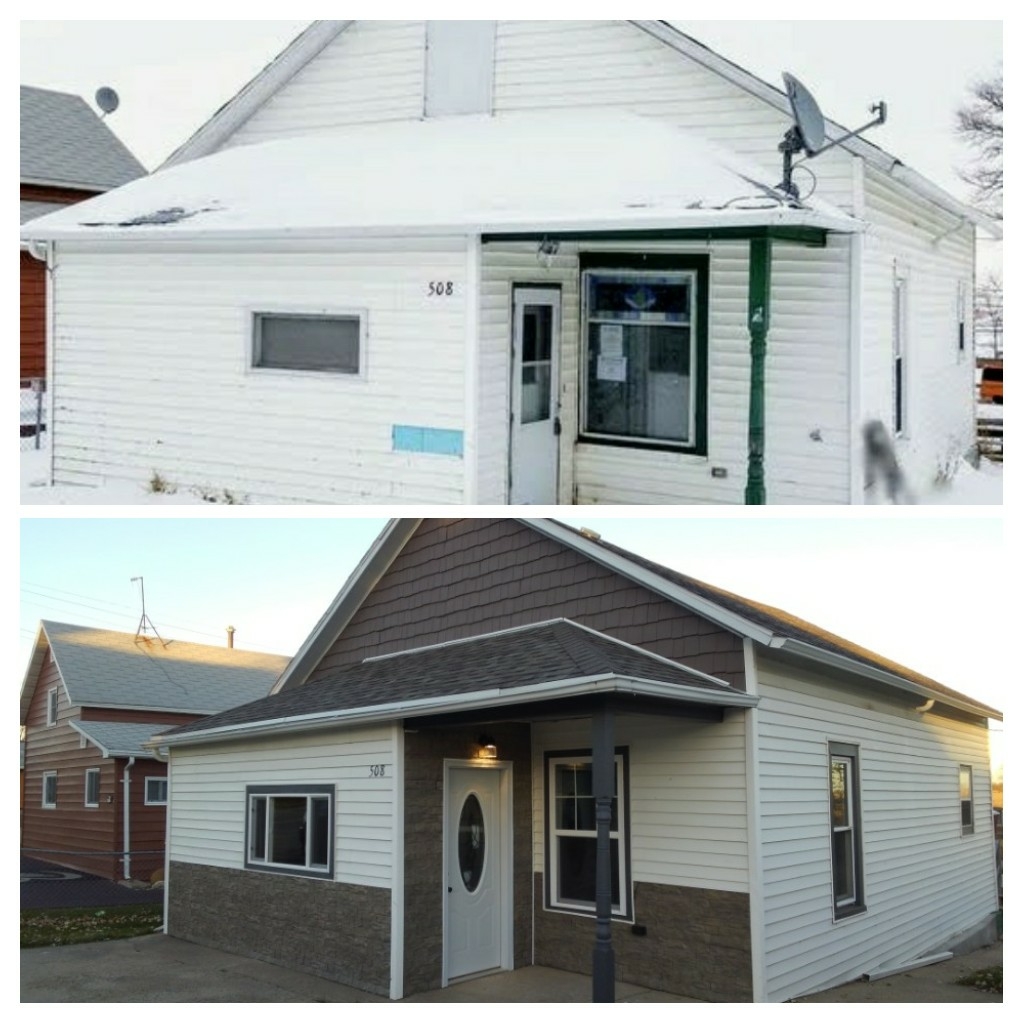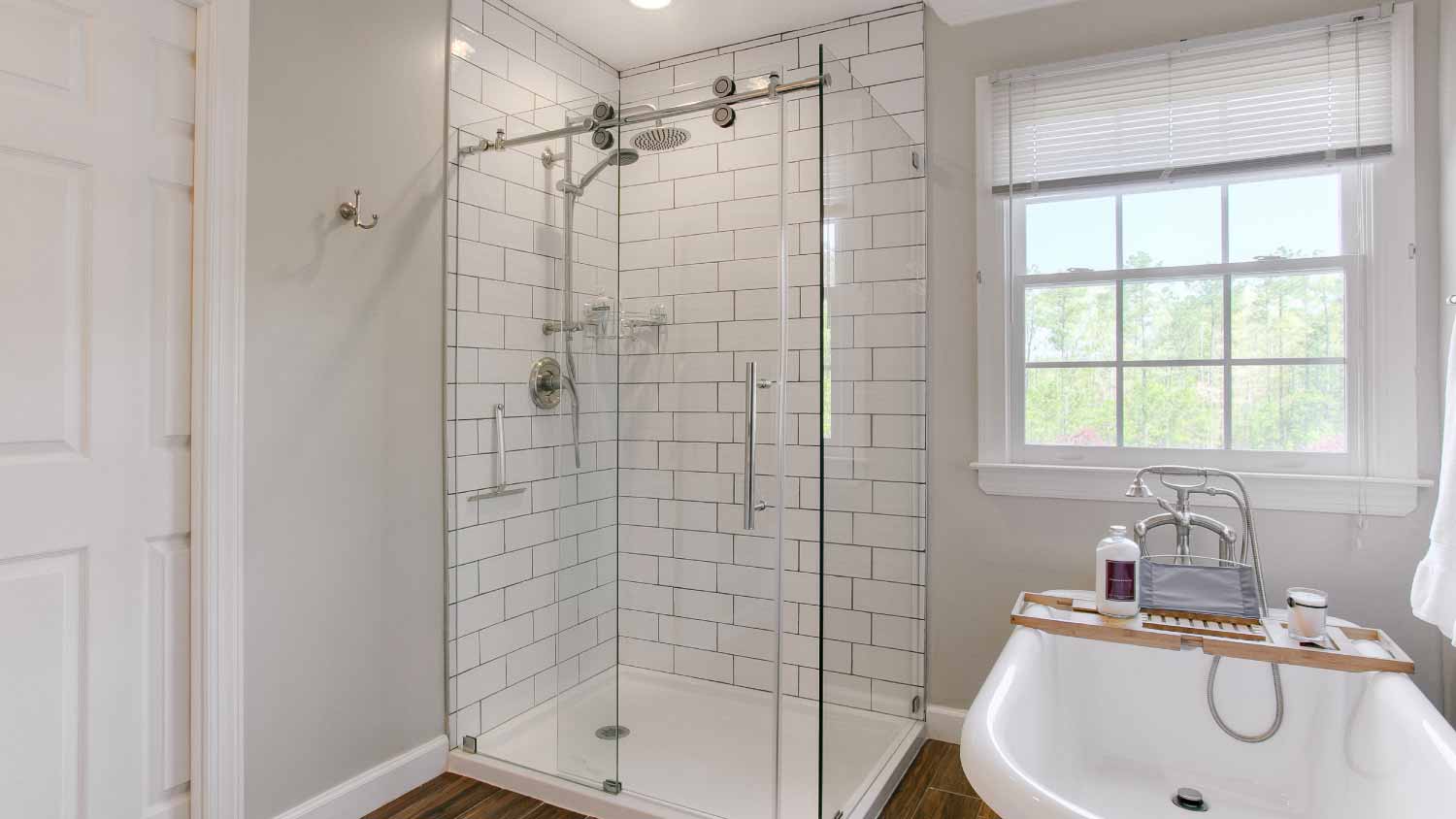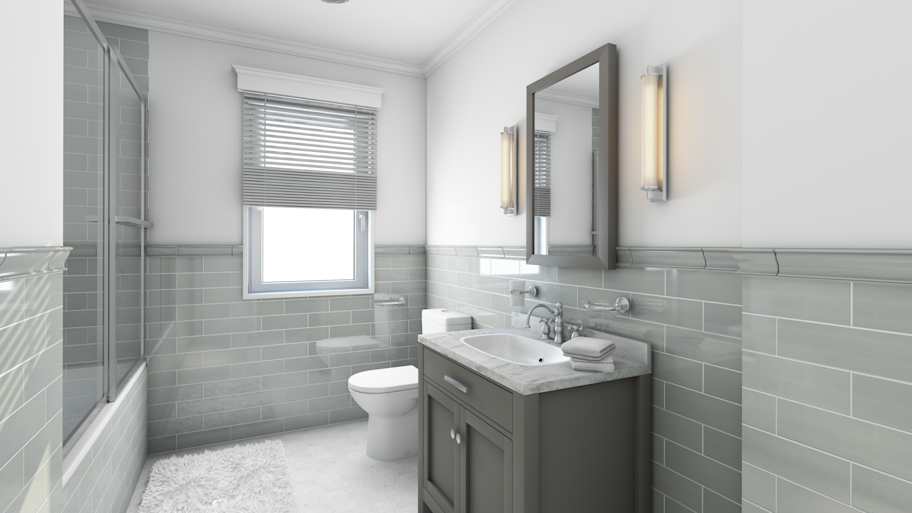
Get matched with top porcelain refinishing pros in Richardton, ND
Enter your zip and get matched with up to 5 pros
Need a pro for your porcelain refinishing project in Richardton, ND?
Verified Reviews for Porcelain Refinishing pros in Richardton, ND
*The Angi rating for Porcelain Refinishing companies in Richardton, ND is a rating based on verified reviews from our community of homeowners who have used these pros to meet their Porcelain Refinishing needs.
*The HomeAdvisor rating for Porcelain Refinishing companies in Richardton, ND is a rating based on verified reviews from our community of homeowners who have used these pros to meet their Porcelain Refinishing needs.
Last update on December 15, 2025
Find Porcelain refinishing pros in Richardton

Hamilton Construction Services
Hamilton Construction Services
Commercial and Residential Remodeling and Construction, Framing, Drywall, Concrete Foundations, General Contracting
Commercial and Residential Remodeling and Construction, Framing, Drywall, Concrete Foundations, General Contracting
Ronald and sons Cleaning
Ronald and sons Cleaning
Intermountain Property Solutions with 5 years experience is committed to excellence in every aspect of our business. We uphold a standard of integrity bound by fairness, honesty and personal responsibility. Our distinction is the quality of service we bring to our customers. Accurate knowledge of our trade combined with ability is what makes us true professionals. Above all, we are watchful of our customer's interests, and make their concerns the basis of our business.
Intermountain Property Solutions with 5 years experience is committed to excellence in every aspect of our business. We uphold a standard of integrity bound by fairness, honesty and personal responsibility. Our distinction is the quality of service we bring to our customers. Accurate knowledge of our trade combined with ability is what makes us true professionals. Above all, we are watchful of our customer's interests, and make their concerns the basis of our business.

AnT Remove and Renew
AnT Remove and Renew
Here at AnT Remove and Renew we offer different services including but not limited to Interior Painting, Junk Removal, and Snow Removal. We work relentlessly and efficiently to do any job asked of us. We are an up and coming small business located in the Bisman area, so our prices will not only be fair to our customers, but also some of the best you have seen around.
"Wonderful! Efficient, on-time, knowledgeable, pleasant attitude, and just very helpful and professional. Will absolutely hire again!"
Mallory M on January 2024
Here at AnT Remove and Renew we offer different services including but not limited to Interior Painting, Junk Removal, and Snow Removal. We work relentlessly and efficiently to do any job asked of us. We are an up and coming small business located in the Bisman area, so our prices will not only be fair to our customers, but also some of the best you have seen around.
"Wonderful! Efficient, on-time, knowledgeable, pleasant attitude, and just very helpful and professional. Will absolutely hire again!"
Mallory M on January 2024
Raptor Resources
Raptor Resources
We do any remodel or new build you are looking for, we provide professional customer service and quality work, we also offer snow removal, concrete work (footers, foundations, driveways, sidewalks, patios), and about any other service. We can get it done for you.
We do any remodel or new build you are looking for, we provide professional customer service and quality work, we also offer snow removal, concrete work (footers, foundations, driveways, sidewalks, patios), and about any other service. We can get it done for you.
Pearson Electrical Constructors
Pearson Electrical Constructors
Experienced electricians giving the community the convenience they expect. We provide comprehensive electrical services. Some of our specialties include installing zoom rooms/ offices and home gyms. We provide all the modern electrical and data wiring that is expected in our busy home and work life.
Experienced electricians giving the community the convenience they expect. We provide comprehensive electrical services. Some of our specialties include installing zoom rooms/ offices and home gyms. We provide all the modern electrical and data wiring that is expected in our busy home and work life.
KE&I LLC
KE&I LLC
KE&I LLC We provide top quality construction services to Dickinson & surrounding areas. Our highly trained crews Specialize in Real Estate Renovations / Full Remodels we work with a variety of clients from an individual looking to remodel a home or we provide commercial construction services as well. please take some time to research our company and our customer reviews. Our commitment to the community keeps our company with steady work and we are willing and ready to take on your next project. We are locally owned with our main office located in Dickinson, ND. We look forward to meeting you and providing you with our services.
KE&I LLC We provide top quality construction services to Dickinson & surrounding areas. Our highly trained crews Specialize in Real Estate Renovations / Full Remodels we work with a variety of clients from an individual looking to remodel a home or we provide commercial construction services as well. please take some time to research our company and our customer reviews. Our commitment to the community keeps our company with steady work and we are willing and ready to take on your next project. We are locally owned with our main office located in Dickinson, ND. We look forward to meeting you and providing you with our services.

Revertical inc.
Revertical inc.
Revertical inc. is based in central North Dakota and provides a wide variety of services ranging from foundation to finish. Primarily residential but we have worked some on some commercial projects. We can do new construction, but specialize in remodeling or repairing existing properties. This includes but is not limited to roofing, foundations, drywall, flooring, siding, decks, patios, doors and windows. Chris and Katie (the owners) have flipped house's on the side since 2005. Chris worked for other contractors for 7. In 20017 Chris and Katie decided to start Revertical inc. and are licenced and insured for projects valued up to $300,000. Revertical inc. and it's employees strive to complete the project in a timely manner and ensure customer satisfaction.
"They did an amazing job. Very professional workers and wonderful looking bathroom now, replacing a 40 year old bathroom."
Connie S on July 2020
Revertical inc. is based in central North Dakota and provides a wide variety of services ranging from foundation to finish. Primarily residential but we have worked some on some commercial projects. We can do new construction, but specialize in remodeling or repairing existing properties. This includes but is not limited to roofing, foundations, drywall, flooring, siding, decks, patios, doors and windows. Chris and Katie (the owners) have flipped house's on the side since 2005. Chris worked for other contractors for 7. In 20017 Chris and Katie decided to start Revertical inc. and are licenced and insured for projects valued up to $300,000. Revertical inc. and it's employees strive to complete the project in a timely manner and ensure customer satisfaction.
"They did an amazing job. Very professional workers and wonderful looking bathroom now, replacing a 40 year old bathroom."
Connie S on July 2020
Joshua's Flooring
Joshua's Flooring
We are the area's best flooring retail store. We specialize in selling and installing laminate, vinyl, tile, hardwood and carpet. Also offering laminate and formica countertops. Some of the brands we stock include Armstrong and Mannington, Mohawk and Shaw. Former members of the National Hardwood Floor Association. Call or stop by today.
We are the area's best flooring retail store. We specialize in selling and installing laminate, vinyl, tile, hardwood and carpet. Also offering laminate and formica countertops. Some of the brands we stock include Armstrong and Mannington, Mohawk and Shaw. Former members of the National Hardwood Floor Association. Call or stop by today.
Advanced Tile & Stone LLC
Advanced Tile & Stone LLC
Advanced Tile & Stone has over 20 years experience providing quality installation of ceramic tile both Commercial and Residential. Specializing on floors, bathrooms, back splashes, and kitchen counter tops, bathroom tub surrounds, and much more. Prompt quality work and customer satisfaction is our number one objective!
Advanced Tile & Stone has over 20 years experience providing quality installation of ceramic tile both Commercial and Residential. Specializing on floors, bathrooms, back splashes, and kitchen counter tops, bathroom tub surrounds, and much more. Prompt quality work and customer satisfaction is our number one objective!
The Richardton, ND homeowners’ guide to porcelain refinishing services
From average costs to expert advice, get all the answers you need to get your job done.

Bathtub refinishing costs are relatively inexpensive and can make your bathroom look like new. Our guide gives you the information to learn more about this process.

The cost to install travertine tile depends on materials and the size of the project. This guide to travertine tile cost will help you budget accordingly.
.jpg?impolicy=leadImage)
Sealing your grout goes a long way toward extending its life span. This guide breaks down the cost factors for sealing grout, including size, materials, and labor.

If you’re installing or replacing your shower doors, you’ll be working with a glass installation pro. Here are the most common shower door questions for this project.

Make your tile project shine with these tips for grouting tile. Learn how to avoid common mistakes and finish strong with clean, sealed lines.
Need help with sealing the gaps around your home? Avoid the mess by following these 10 helpful caulking tips.
- Hebron, ND Porcelain refinishing pros
- Dickinson, ND Porcelain refinishing pros
- Glen Ullin, ND Porcelain refinishing pros
- Mott, ND Porcelain refinishing pros
- New England, ND Porcelain refinishing pros
- Beulah, ND Porcelain refinishing pros
- Killdeer, ND Porcelain refinishing pros
- Elgin, ND Porcelain refinishing pros
- Belfield, ND Porcelain refinishing pros
- New Salem, ND Porcelain refinishing pros
- Hazen, ND Porcelain refinishing pros
- Hettinger, ND Porcelain refinishing pros
- Lemmon, SD Porcelain refinishing pros
- Center, ND Porcelain refinishing pros
- Mandan, ND Porcelain refinishing pros
- Garrison, ND Porcelain refinishing pros
- Underwood, ND Porcelain refinishing pros
- Washburn, ND Porcelain refinishing pros
- Mandaree, ND Porcelain refinishing pros
- Bowman, ND Porcelain refinishing pros
- Parshall, ND Porcelain refinishing pros
- Wilton, ND Porcelain refinishing pros
- Charlson, ND Porcelain refinishing pros
- New Town, ND Porcelain refinishing pros
- Bismarck, ND Porcelain refinishing pros
- Lincoln, ND Porcelain refinishing pros
- Watford City, ND Porcelain refinishing pros
- Beach, ND Porcelain refinishing pros
- Turtle Lake, ND Porcelain refinishing pros
- Wibaux, MT Porcelain refinishing pros
- Kitchen And Bath Remodeling in Richardton
- Plumbing in Richardton
- Air Duct Cleaning in Richardton
- Septic Tank in Richardton
- Handyman Service in Richardton
- Painting in Richardton
- Tree Service in Richardton
- Roofing in Richardton
- Kitchen And Bath Remodeling in Richardton
- Tree Service in Richardton
- Electrical in Richardton
- Plumbing in Richardton
- Windows in Richardton
- Siding in Richardton
- Fencing in Richardton
- Flooring in Richardton
- Lawn And Yard Work in Richardton
- Concrete Repair in Richardton
- Foundation Repair in Richardton
- Concrete Driveways in Richardton
- Garage Builders in Richardton
- Handyman Service in Richardton
- Epoxy Flooring in Richardton
- Carpet Cleaning in Richardton
- Doors in Richardton
- Deck Maintenance in Richardton
- Moving in Richardton
- Drywall in Richardton
- Landscaping in Richardton
- Exterior Painting in Richardton
- 🌱 "Mow a small front yard"
- 🛠 "Fix a leaking pipe under the sink"
- 🏠 "Repair shingles on an asphalt roof"






